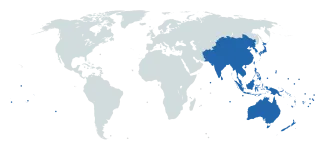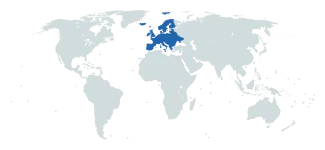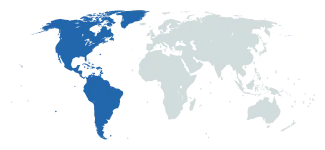Learn about telecommunications around the world. Powertec is compiling resources on companies, mobile networks, and regulatory information on countries not just within the Asia Pacific region but around the world.
The global telecommunications industry is predominantly regulated by the International Telecommunication Union (ITU), a specialised agency of the United Nations. The ITU is tasked with facilitating international communication through the development of technical standards. The ITU tracks and benchmarks the progress of countries and promotes development in underserved communities worldwide.
It's important to note that Powertec compiles research on a range of sovereign and disputed territories regardless of their geopolitical status. We endeavour to remain an impartial observer and defer to international guidance where possible.
Geographic Regions
Choose a region below to view countries in that region. Regions are grouped by ITU classification.
Browse all Countries
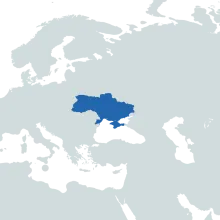
Ukraine, the largest country in Europe excluding Russia, is characterised by its diverse geography from flat planes in the east to mountainous regions in the west. Its population of 43 million is unevenly distributed with denser populations in the east and west, and less in the central regions. The capital city, Kyiv, is a significant technological hub with a highly developed telecommunications ...

United Arab Emirates (UAE) is located in the Middle East, with a diverse geography that includes sandy desert, coastal plains and rugged mountains. Its population of over 9.6 million is largely concentrated in urban areas such as Dubai and Abu Dhabi, but there are also remote regions like the vast Rub' al Khali desert. The UAE has a robust telecommunications sector; it is known for its high-speed ...
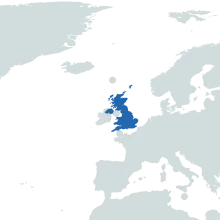
The United Kingdom (UK), encompassing England, Scotland, Wales and Northern Ireland, is geographically compact, which facilitates the widespread access to telecommunications and technology services. The UK has a population of approximately 67 million, heavily concentrated in urban areas such as London, Birmingham, Manchester, and Glasgow. This dense urban population distribution has driven the ...
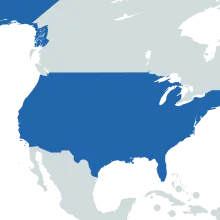
The United States, spread across a diverse geographical area of 9.1 million square kilometres, hosts a population of over 331 million people unevenly distributed, with high concentrations in coastal areas and metropolitan regions. Its vast expanse includes varied terrains and climates, from arid deserts to snow-capped mountain ranges. The country is segmented into distinctive regions, each with ...

Uruguay, located in South America, is a small nation with a population of over 3.4 million, the majority of which is concentrated in the capital city, Montevideo. The country’s geography is predominantly flat, which aids in the construction and maintenance of telecommunications and technology infrastructure. In terms of technology, Uruguay stands as an outlier in Latin America due to its advanced ...
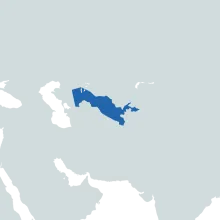
Uzbekistan, located in Central Asia, is the most populous country in the region with a population of around 35 million. The population distribution is uneven with the majority concentrated in the fertile Fergana Valley in the eastern part of the country, while the western part, the Kyzylkum Desert, is sparsely populated. The capital city, Tashkent, is a hub for technology and telecommunications ...

Vanuatu, a Pacific island nation with a population of approximately 320,000, is composed of 83 islands, many of which are volcanic in origin, creating a challenging geography for the implementation of energy and telecommunications infrastructure. The population is predominantly rural with only around a quarter residing in urban areas, further complicating the provision of widespread, high-quality ...
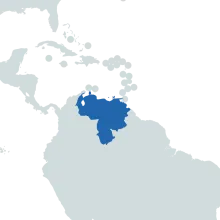
Venezuela, located in South America, boasts a diverse geography ranging from the Andes Mountains to the Caribbean coastline, Amazon rainforest, llanos (plains), and the Orinoco River Delta. Its population of approximately 28 million is largely concentrated in the northern regions, especially in the capital, Caracas, and other major cities such as Maracaibo and Valencia. This distribution presents ...
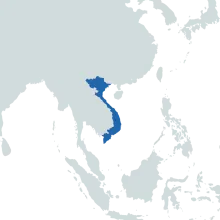
Vietnam, with its elongated geography stretching over 1,650 kilometres from North to South, poses challenges for infrastructure deployment. Its diverse terrain, ranging from the highlands and dense forests in the North, to the Mekong Delta in the South, can often necessitate unique and one-off solutions. Vietnam's population is unevenly distributed, with a high concentration in urban centres like ...

Wallis & Futuna, located in the South Pacific, comprises two main inhabited islands and a number of smaller islets, with a population of about 11,000 individuals. The population is dispersed unevenly, with most residents living on the Wallis Island. The geographical isolation and scattered population pose challenges for technological and telecommunication infrastructure. Despite its geographic ...

Yemen, a country located in the southwest corner of the Arabian Peninsula, has a diverse and rugged topography consisting of mountain ranges, plateaus and desert plains. It has a population of approximately 33 million, with a high concentration of its populace in the western regions and a relatively low density in the eastern desert areas. The country includes the island of Socotra, a remote ...
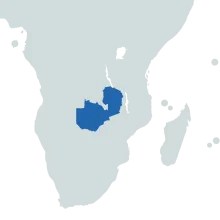
Zambia, located in south-central Africa, is a landlocked nation with geographic features that include rugged terrain, vast plains and high plateaus. The population of about 19.5 million people is spread unevenly, with a high concentration in the capital, Lusaka, and the Copperbelt Province. These areas, due to their density, have relatively better access to infrastructure. In contrast, the rural ...
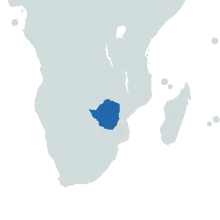
Zimbabwe, located in southern Africa, is landlocked, with a diverse topography ranging from highveld, balancing boulders and flaming msasa trees, to laidback towns, lush mountains and lifeblood rivers. Its population is unevenly distributed, with a high concentration in the capital city, Harare, and other major cities, such as Bulawayo and Chitungwiza, but rural areas are significantly less ...

Sint Maarten, a constituent country of the Netherlands, is located in the southern part of the Caribbean island shared with Saint Martin, a French overseas collectivity. The geography is hilly and small, covering just 34 square kilometres, which could present certain challenges for extensive infrastructure development. The population of approximately 42,000 people is unevenly distributed, with the ...

Saint Pierre & Miquelon, a French overseas territory, is located in the North Atlantic Ocean near Newfoundland, Canada. With a population of just over 6,000 spread largely across two islands, the terrain is rugged and the climate harsh. Telecommunications infrastructure is relatively advanced for the size and remoteness of the territory, with cellular mobile networks and broadband internet ...


